|
[1]
|
Han H, Xu H, Zhao W, et al. (2014) Research of EV’s Charging and Discharging Control Considering Demand Response. 17th International Conference on Electrical Machines and Systems (ICEMS), Oct. 22–25, 2014, Hangzhou, China: 334–338.
|
|
[2]
|
Shao S, Pipattanasomporn M, Rahman S (2011) Demand Response as a Load Shaping Tool in an Intelligent Grid With Electric Vehicles. IEEE T Smart Grid 2: 624–631.
|
|
[3]
|
Erdinc O, Paterakis N, Mendes T, et al. (2015) Smart Household Operation Considering Bi-Directional EV and ESS Utilization by Real-Time Pricing-Based DR. IEEE T Smart Grid 6: 1281–1291.
|
|
[4]
|
Madani V, Das R, Aminifar F, et al. (2015) Distribution Automation Strategies Challenges and Opportunities in a Changing Landscape. IEEE T Smart Grid 6: 2157–2165. doi: 10.1109/TSG.2014.2368382

|
|
[5]
|
Stuchlý J, Mišák S, Prokop L (2015) Prospects for electric vehicles technology with renewable energy sources in a smart-grid environment – an introduction, 2015 IEEE 16th International Scientific Conference on Electric Power Engineering (EPE): 589–594.
|
|
[6]
|
Wang G, Zhao J, Wen F, et al. (2015) Dispatch Strategy of PHEVs to Mitigate Selected Patterns of Seasonally Varying Outputs From Renewable Generation. IEEE T Smart Grid 6: 627–639. doi: 10.1109/TSG.2014.2364235

|
|
[7]
|
Wikipedia. Renewable Energy in the United States. Available from: https://en.wikipedia.org/wiki/Renewable_energy_in_the_United_States.
|
|
[8]
|
Yao Y, Gao W, Li Y (2014) Optimization of PHEV Charging Schedule for Load Peak Shaving, IEEE Conference and Exposition on Transportation Electrification, ITEC Asia-Pacific 2014: 1–6.
|
|
[9]
|
Electric Vehicle Smart Charging and Vehicle-to Grid Operation (2012) Available from: http://www.zerauto.nl/wp-content/uploads/2012/12/Electric_vehicle_smart_charging_and_vehicle-to-grid_operation.pdf.
|
|
[10]
|
Leou R. Su C. Lu C (2014) Stochastic Analyses of Electric Vehicle Charging Impacts on Distribution Network, IEEE Transaction On Power Systems, May 2014, 29: 1055–1063.
|
|
[11]
|
Dow L, Marshall M, Xu L, et al. (2010) A Novel Approach for Evaluating the Impact of Electric Vehicles on the Power Distribution System. 2010 IEEE Power and Energy Society General Meeting: 1–6.
|
|
[12]
|
Hosseini S, Badri A, Parvania M (2012) The Plug-in Electric Vehicles for Power System Applications: The Vehicle to Grid (V2G) Concept. 2nd IEEE ENERGYCON Conference & Exhibition, 2012 / Sustainable Transportation Systems Sympt: 1101–1106.
|
|
[13]
|
Dang X, Codani P, Petit M (2015) Energy optimization in an Eco-district with Electric Vehicles smart charging. PowerTech, 2015 IEEE Eindhoven: 1–6.
|
|
[14]
|
Hua L, Wang J, Zhou C (2014) Adaptive Electric Vehicle Charging Coordination on Distribution Network. IEEE Transactions On Smart Grid, Vol. 5 Issue. 6: 2666–2675.
|
|
[15]
|
Wang Y, Ai X, Yan L, et al. (2014) A Game-Theoretic Mode for EV Discharging Price and Its Application. ITEC Asia-Pacific 2014: 1–4.
|
|
[16]
|
Chukwu U, Mahajan S (2011) V2G Electric Power Capacity Estimation and Ancillary Service Market Evaluation. 2011 IEEE Power and Energy Society General Meeting: 1–8.
|
|
[17]
|
Donoghue J, Cruden A (2013) Whole System Modelling of V2G Power Network Control, Communications and Management. EVS27 Symposium Barcelona, Spain, November 17–20, 2013: 1–9.
|
|
[18]
|
Zhao L, Aravinthan V (2013) Strategies of Residential Peak Shaving With Integration of Demand Response and V2H. 2013 IEEE PES Asia-Pacific Power and Energy Engineering Conference (APPEEC): 1–5.
|
|
[19]
|
Saberbaril E, Sabooril H, Sabood S (2014) Utilizing PREYs for Peak-Shaving, Loss Reduction and Voltage Profile Improvement via V2B Mode. The 19th Electrical Power Distribution Conference (EPDC2014), 6–7 May, 2014, Niroo Research Institute: 59–65.
|
|
[20]
|
Pang C, Dutta P, Kim S, et al. (2010) PHEVs as Dynamically Configurable Dispersed Energy Storage for V2B Uses in the Smart Grid. 7th Mediterranean Conference and Exhibition on Power Generation, Transmission, Distribution and Energy Conversion 7–10 November 2010, Agia Napa, Cyprus (Paper No. MED10/174): 1–6.
|
|
[21]
|
Williams B, Gahagan M, Costin K (2010) Using Microgrids to Integrate Distributed Renewables Into the Grid. Innovative Smart Grid Technologies Conference Europe (ISGT Europe), 2010 IEEE PES: 1–5.
|
|
[22]
|
Baitie H, Selmi T (2015) Review of Smart Grid Systems' Requirements. 2015 Tenth International Conference on Ecological Vehicles and Renewable Energies: 1–6.
|
|
[23]
|
Hartono BS, Budiyanto Y, Setiabudy R (2013) Review of Microgrid Technology. IEEE QiR 2013: 127–132.
|
|
[24]
|
Che L, Zhang X, Shahidehpour M, et al. (2015) Optimal Interconnection Planning of Community Microgrids with Renewable Energy Sources. IEEE T Smart Grid 99: 1.
|
|
[25]
|
Tushar M, Assi C, Maier M, et al. (2014) Smart Microgrids: Optimal Joint Scheduling for Electric Vehicles and Home Appliances. IEEE T Smart Grid, 5: 239–250.
|
|
[26]
|
Abegaz B, Mahajan S (2014) Optimal Real-time Integration Control of a Virtual Power Plant. 2014 IEEE North American Power Symposium (NAPS): 1–6.
|
|
[27]
|
Fuelfix (2013) Highlighting Some Trends in Global Renewable Generation. Available from: http://fuelfix.com/blog/2013/07/23/highlighting-some-trends-in-global-renewable-generation/.
|
|
[28]
|
Navigant Research (2013) Executive Summary: Electric Vehicle Market Forecasts, 2013. Available from: http://www.navigantresearch.com/wp-assets/uploads/2013/06/EVMF-13-Executive-Summary.pdf.
|
|
[29]
|
García-Villalobos J, Zamora I, San Martín J, et al. (2015) Delivering Energy from PEV Batteries: V2G, V2B and V2H Approaches, International Conference on Renewable Energies and Power Quality. Available from: http://www.icrepq.com/icrepq'15/247-15-garcia.pdf.
|
|
[30]
|
Kintner-Meyer M, Schneider K, Pratt R (2007) Impacts Assessment of Plug-in Hybrid Vehicles on Electric Utilities and Regional US Power Grids Part 1: Technical Analysis Pacific Northwest National Laboratory. Available from: http://energyenvironment.pnnl.gov/ei/pdf/PHEV_Feasibility_Analysis_Part1.pdf.
|
|
[31]
|
European Technology Platform for the Electricity Networks of the Future. Publication of the Report on Smart Grid Security Certification in Europe: Challenges and Recommendations, 2014. Available from: http://www.smartgrids.eu/News_2014_and_before.
|
|
[32]
|
Yilmaz M, Krein P (2013) Review of the Impact of Vehicle-to-Grid Technologies on Distribution Systems and Utility Interfaces. IEEE T Power Electr 28: 5673–5689.
|
|
[33]
|
Guo D, Yi P, Zhou C, et al. (2015) Optimal Electric Vehicle Scheduling in Smart Home with V2H/V2G Regulation. 2015 IEEE Innovative Smart Grid Technologies (ISGT-Asia): 1–6.
|
|
[34]
|
Michelsen C (2011) Nissan Leaf-to-Home: Yes, It’s A Nissan e-Home. GAS2. Available from: http://gas2.org/2011/10/07/nissan-leaf-to-home-yes-its-a-nissan-e-home/.
|
|
[35]
|
Howard B (2011) Nissan Leaf can power your house for a day or two. Extreme Tech. Available from: http://www.extremetech.com/extreme/92314-nissan-leaf-can-power-your-house-for-a-day-or-two.
|
|
[36]
|
Pang C, Dutta P, Kezunovic M (2012) BEVs/PHEVs as Dispersed Energy Storage for V2B Uses in the Smart Grid. IEEE T Smart Grid. 3: 473–482
|
|
[37]
|
National Grid USA. National Grid Residential Load Data, 2013. Available from: http://www.nationalgridus.com/energysupply.
|
|
[38]
|
ComEd. Comed Real Time Saving, 2013. Available from: https://www.thewattspot.com/rtsavings.php.
|
|
[39]
|
PJM. Market Price data, 2013. Available from: http://www.pjm.com/markets-and-operations/market-settlements/preliminary-billing-reports/ops-rates.aspx.
|
|
[40]
|
Alahyari A, Fotuhi-Firuzabad M, Rastegar M (2015) Incorporating Customer Reliability Cost in PEV Charge Scheduling Schemes Considering Vehicle-to-Home Capability. IEEE T Veh Technol 64: 2783–2791
|
|
[41]
|
Zhao L, Aravinthan V (2013) Strategies of Residential Peak Shaving With Integration of Demand Response and V2H. Power and Energy Engineering Conference (APPEEC), 2013 IEEE PES Asia-Pacific: 1–5.
|
|
[42]
|
Xu N, Chung C (2015) Reliability Evaluation of Distribution Systems Including Vehicle-to-Home and Vehicle-to-Grid. IEEE T Power Syst 31: 759–768.
|
|
[43]
|
Zhou Z, Bai J, Zhou S (2015) A Stackelberg Game Approach for Energy Management in Smart Distribution Systems with Multiple Microgrids. IEEE Twelfth International Symposium on Autonomous Decentralized Systems (ISADS): 248–253.
|
|
[44]
|
Williamson S, Rathore A, Musavi F (2015) Industrial Electronics for Electric Transportation: Current State-of-the-Art and Future Challenges. IEEE T Ind Electron 62: 3021–3032.
|
|
[45]
|
Tian W, Jiang Y, Shahidehpour M, et al. (2014) Vehicle Charging Stations with Solar Canopy: A Realistic Case Study within a Smart Grid Environment. IEEE Transportation Electrification Conference and Expo (ITEC): 1–6.
|
|
[46]
|
Jiang B, Fei Y (2015) Smart Home in Smart Microgrid: A Cost-Effective Energy Ecosystem with Intelligent Hierarchical Agents. IEEE T Smart Grid 6: 3–13 doi: 10.1109/TSG.2014.2347043

|
|
[47]
|
Hoke A, Brissette A, Smith K, et al. (2014) Accounting for Lithium-Ion Battery Degradation in Electric Vehicle Charging Optimization. IEEE J Em Sel Top Power Electron 2: 691–700.
|
|
[48]
|
Wang S, Li Z, Wu L, et al. (2013) New Metrics for Assessing the Reliability and Economics of Microgrids in Distribution System. IEEE T Power Systems 28: 2852–2861
|
|
[49]
|
Alonso M, Amaris H, Germain J, et al. (2014) Optimal Charging Scheduling of Electric Vehicles in Smart Grids by Heuristic Algorithms. Energies 7: 2449–2475.
|











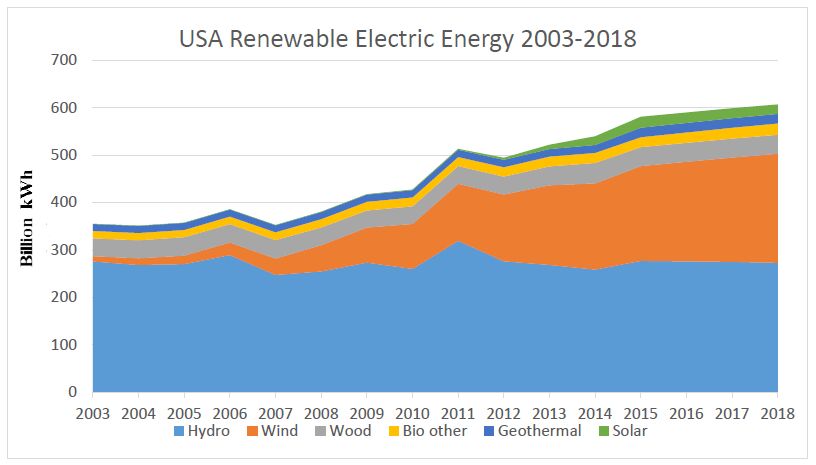
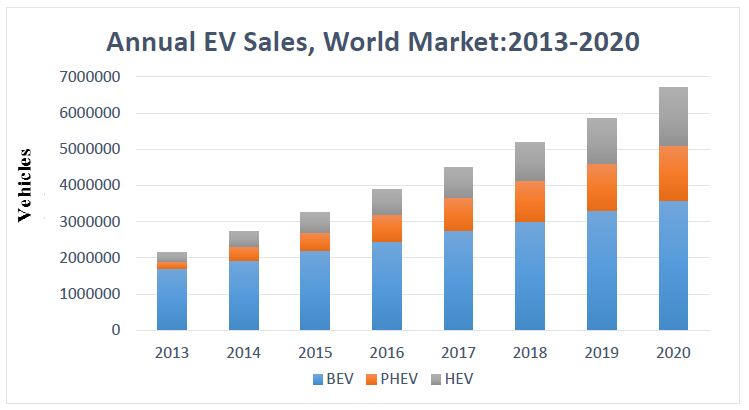
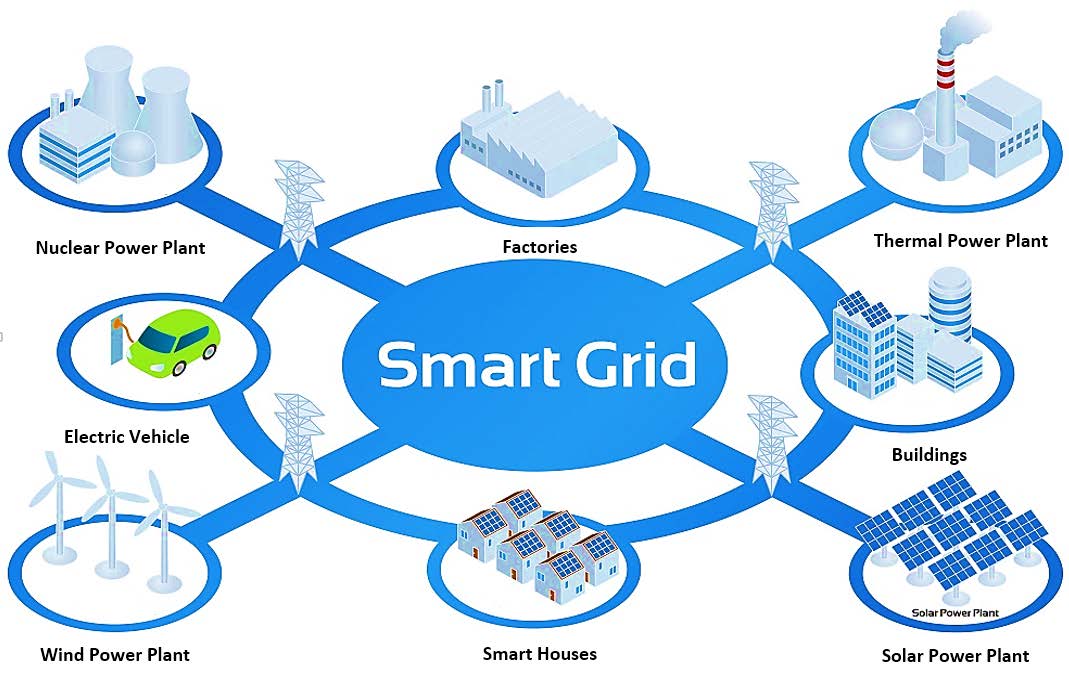
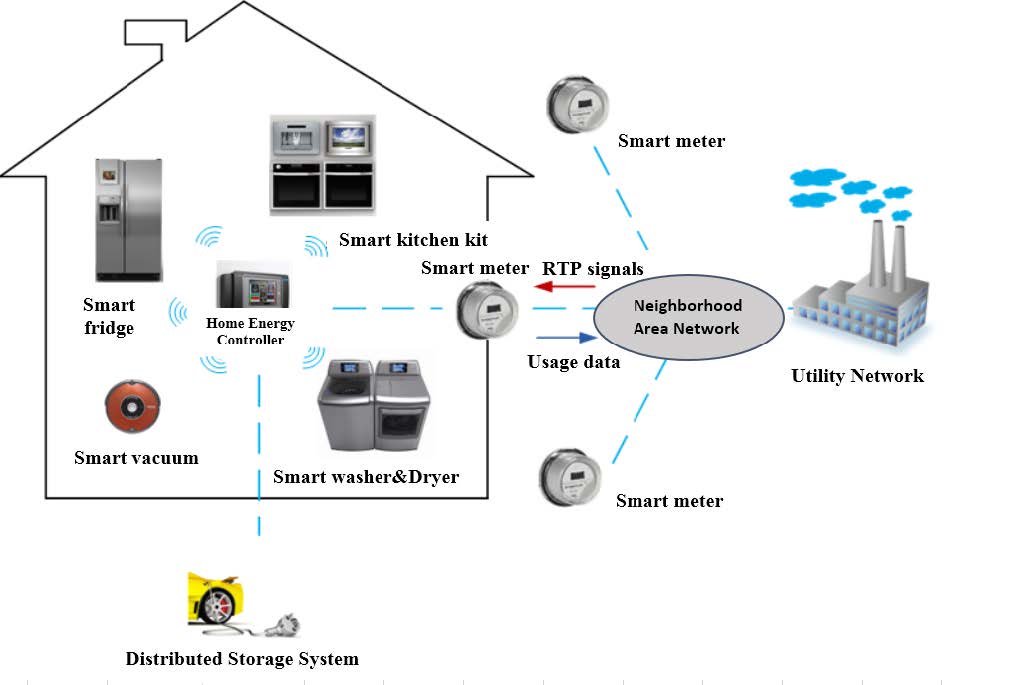
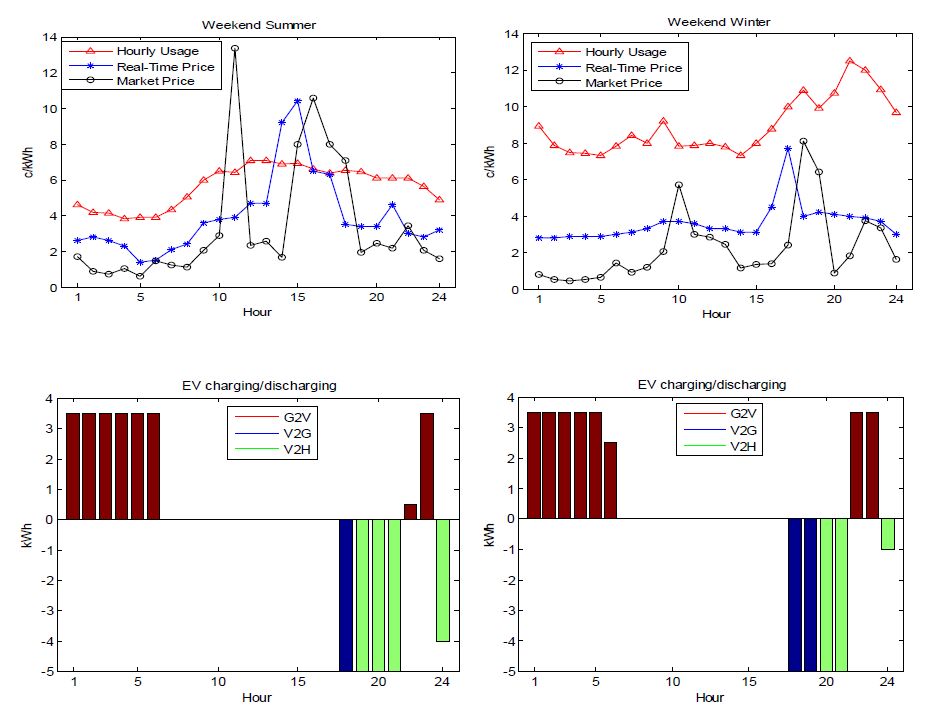
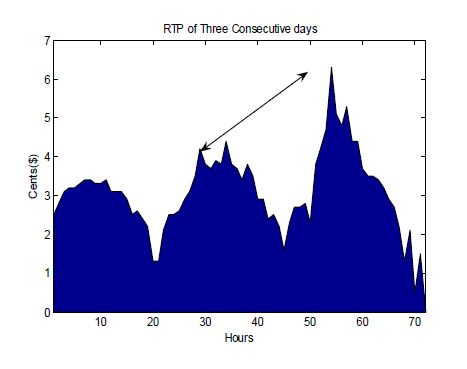


 DownLoad:
DownLoad: